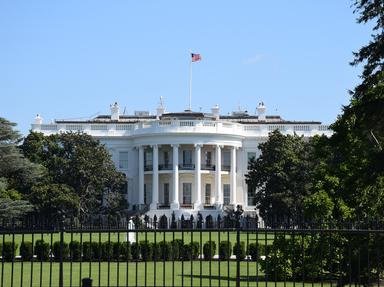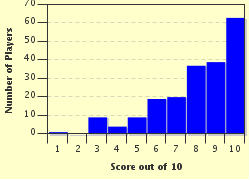Quiz Answer Key and Fun Facts
1. What poor US president is remembered for having his name attached to scenes like the one shown? It would be called a ---ville, with the dashes substituting for the president's last name.
2. Mexico, shown in an 1845 map, changed quite a bit during this US President's term. Not only is he sometimes forgotten, his little war is ignored too. Who led the country through the Mexican-American War?
3. What president is remembered for the Teapot Dome Scandal, which came to light after his death in office in 1923? His dog, Laddie Boy, pictured here, also gave interviews and attended cabinet meetings, but wasn't involved in any scandals.
4. What US president was thrust into office by a tragedy that happened in the theater pictured? The tragedy occurred to someone else, not him, but he became president because of it.
5. Who was president of the US when this song was written, entitled "The Star Spangled Banner"?
6. Which US president was shot and mortally wounded at the Washington train station (pictured) in 1881? Apparently not even Jon or Odie could save him.
7. What US president will never be remembered by most people for keeping the railroads running during the 1894 Pullman strike, but he might be remembered for serving two non-consecutive terms?
8. This president wanted to be friends with everyone due to his deals, but failed. He tried to buy Cuba, enforced the Fugitive Slave Act, nullified the Missouri Compromise with the Kansas-Nebraska Act... In short, who was this president who could puncture or pierce everyone's expectations by doing the opposite of what they hoped?
9. What president died after eating the fruit pictured? Despite his name, he wasn't known for his sewing ability.
10. What US president, who had three first names and no last name, reorganized civil service and strengthened the US Navy, and not much else?
Source: Author
littlepup
This quiz was reviewed by FunTrivia editor
stedman before going online.
Any errors found in FunTrivia content are routinely corrected through our feedback system.

